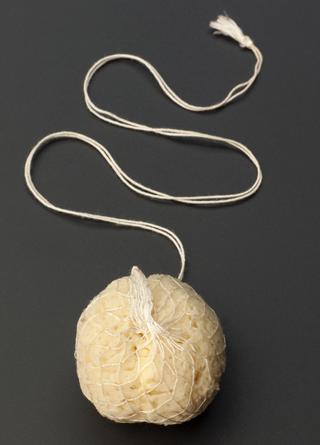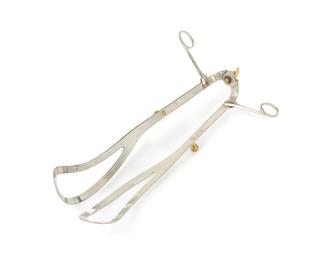
'Prorace' cervical cap

Rubber cervical cap, called "Prorace", with tab for easy removal, size 2, by John Bell Croyden Ltd., English
The Mother’s Clinic was based in North London. It supplied this contraceptive cap to women. Contraceptive caps are also called cervical, vault or diaphragm caps. They are a barrier contraceptive. They sit over the cervix and act as a barrier to sperm entering the uterus. This ‘Prorace’ brand of cervical cap was a modified version of a French design. Dr Marie Stopes (1880-1958) adapted the design to incorporate a higher dome. She believed this encouraged the cap to maintain its shape with the body.
The trademarked ‘Prorace’ is related to Stopes’ belief in eugenics. This widely held theory in the early 1900s argued selective breeding could remove ‘undesirables’ from society. Stopes founded the Society for Constructive Birth Control. She opened the first of her birth control clinics in Holloway, North London in 1921. She is best remembered as a feminist and a birth control pioneer.
Details
- Category:
- Obstetrics, Gynaecology & Contraception
- Collection:
- Sir Henry Wellcome's Museum Collection
- Object Number:
- A606510
- Measurements:
-
overall: 40 mm 45 mm, .01kg
- type:
- cervical cap
- credit:
- Marie Stopes Memorial Foundation




